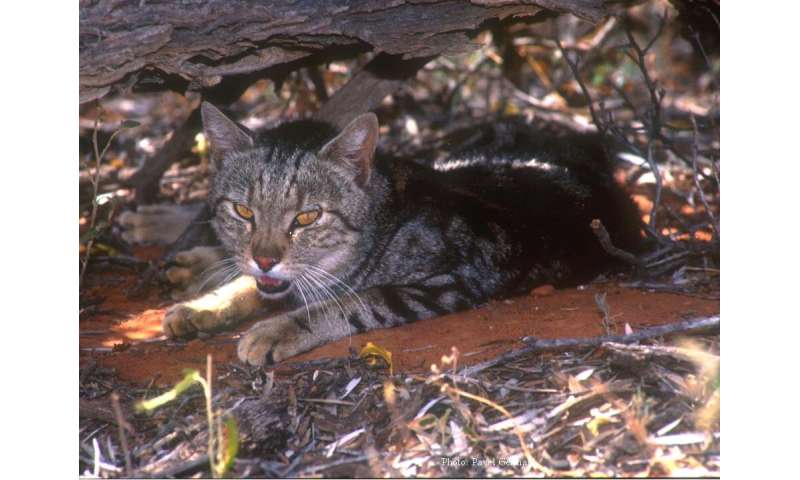Using AI to save species from extinction cascades
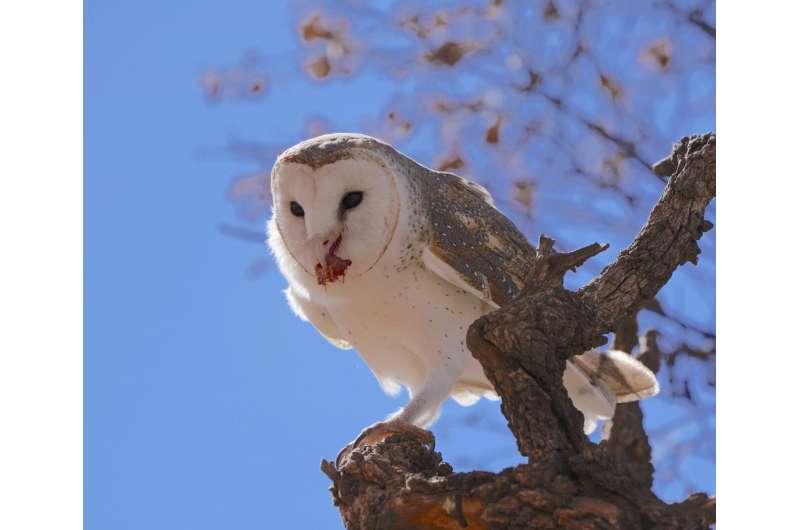
Algorithms can predict what movies or songs you might like, but they can also predict which species a predator would most likely eat.
Researchers at Flinders University’s Global Ecology Laboratory have been using machine learning to identify species interactions, and can predict which species are most likely to go extinct, so that intervention can be planned before this happens.
“The planet is facing an environmental crisis, with climate change, invasive species, habitat loss, and other human-related activities causing a multitude of extinctions,” says Dr. John Llewelyn, Research Fellow at Flinders University’s College of Science and Engineering.
“Many of these extinctions are mediated by species interactions, triggered by the loss or gain of interactions with other species, and we have found that machine learning can predict who eats whom in a world of connected species.”
Dr. Llewelyn says ‘co-extinctions’ are extinctions caused by declines or extinctions in other, interacting species, such as a predator going extinct following the loss of its prey.
Conversely, invasive predators such as cats, foxes and brown tree snakes can cause extinctions in naïve native prey that have not dealt with similar predators in the past.
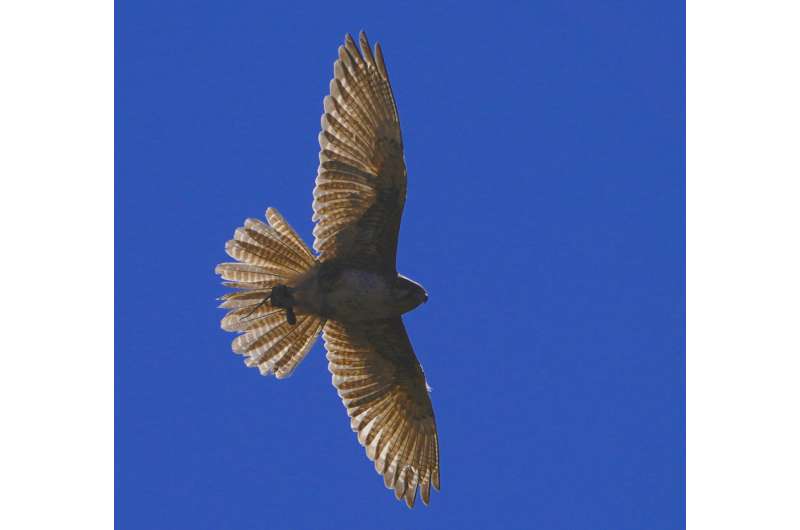
“These are extinctions resulting from vulnerable species gaining interactions with new predators, so knowing which species interact is essential for predicting and avoiding future extinctions,” adds Dr. Llewelyn. “However, at present we only know a tiny fraction of the species interactions that occur—or that could occur, in the case of invasive species—and this makes predicting extinctions difficult.”
The Flinders team’s new research found that machine learning techniques can use a species’ traits to predict predator-prey interactions accurately for birds and mammals. By identifying species that interact, machine learning can then help to predict and hopefully avoid extinctions before they happen.
The algorithm learns how traits are related to species interactions from information on which species interact, which species don’t interact, and the traits of the species involved. This type of AI can then be provided with a list of species and traits to predict which of the species in the new list interact.
-
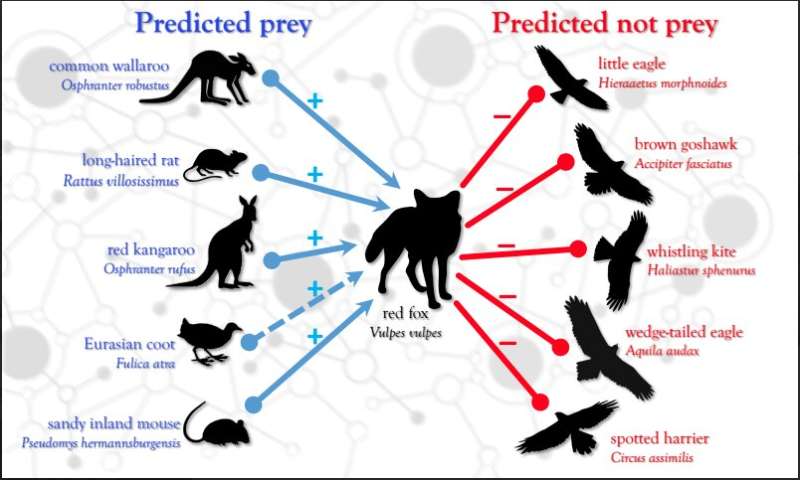
The five most- and least-likely mammalian and bird prey for the red fox Vulpes vulpes in the Simpson Desert predicted by random forest. Solid blue arrows indicate prey that were predicted and observed, dashed blue arrows show prey that were predicted but not observed (potentially indicating interactions that occur but have not yet been recorded), and red lines indicate species that were not predicted or observed as prey. The five most-likely prey according to the many-variable phylogenetic and ecomorphological model (run 100 times and trained on the modified training data) were the common wallaroo Osphranter robustus, long-haired rat Rattus villosissimus, red kangaroo Osphranter rufus, Eurasian coot Fulica atra, and sandy inland mouse Pseudomys hermannsburgensis. The five least-likely prey were the little eagle Hieraaetus morphnoides, brown goshawk Accipiter fasciatus, whistling kite Haliastur sphenurus, wedge-tailed eagle Aquila audax and spotted harrier Circus assimilis. Credit: John Llewelyn, Flinders University.
-
![Using AI to save species from extinction cascades]()
House cat at Simpson Desert, Australia. Credit: Pavel German.
-
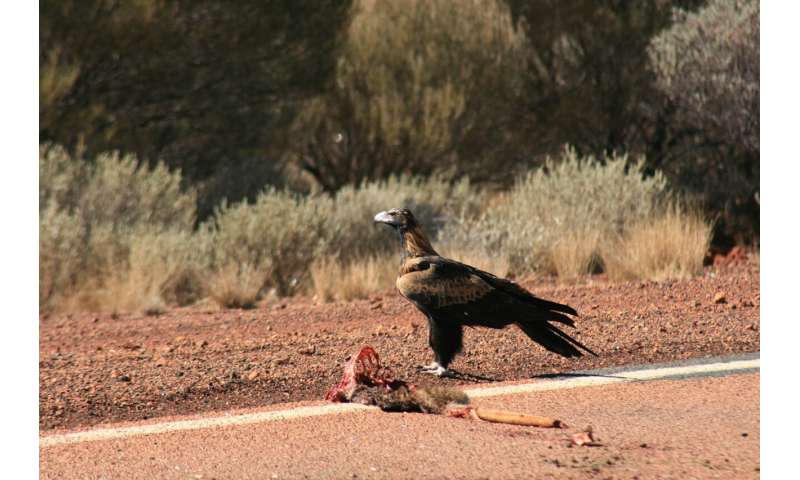
Wedge tail Eagle. Credit: Rick Dawson
“We can use this method to fill in the many gaps we have in our knowledge of species interactions,” says Dr. Llewelyn.
These gaps include undocumented interactions that are happening today, interactions between ancient, long-extinct species, and interactions invasive species would have if they were introduced to a new area.
“By knowing which species interact, we can identify how environmental disturbances—such as climate change and introduced species—can have cascading effects in ecological communities, allowing us to understand how extinctions happen.”
Species interactions play a fundamental role in ecosystems, although few ecological communities have complete data describing such interactions, which is an obstacle to predict how ecosystems function and respond to perturbations.
“Humans depend utterly on biodiversity and healthy ecosystems, so we have a responsibility to maintain biodiversity for its own sake as well as for the benefits it provides human societies,” says Dr. Llewelyn.
More information:
John Llewelyn et al, Predicting predator–prey interactions in terrestrial endotherms using random forest, Ecography (2023). DOI: 10.1111/ecog.06619
Citation:
Using AI to save species from extinction cascades (2023, July 13)
retrieved 13 July 2023
from https://phys.org/news/2023-07-ai-species-extinction-cascades.html
This document is subject to copyright. Apart from any fair dealing for the purpose of private study or research, no
part may be reproduced without the written permission. The content is provided for information purposes only.
For all the latest Science News Click Here
For the latest news and updates, follow us on Google News.


